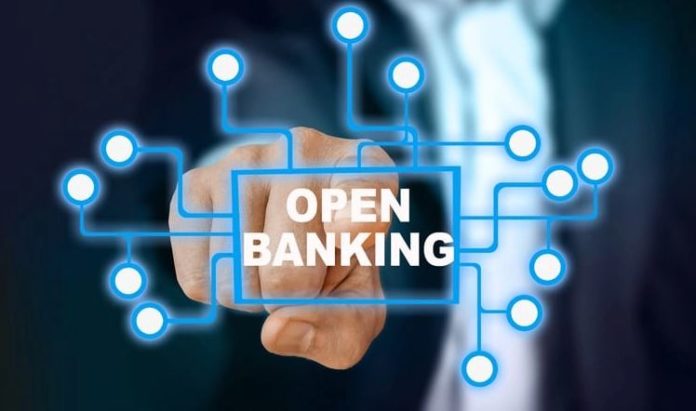
According to new research by the Merchant Risk Council (MRC), the global cost of payment fraud has increased for a second consecutive year. Mid-sized organisations (those ranging from $5-50million in revenue) have been hit the hardest, with significant spikes in domestic and international eCommerce orders that transpired to be fraudulent, as well as spikes in the percentage of eCommerce revenue lost to payment fraud globally. Whilst clearly on the rise, payment fraud is not a new phenomenon, rather it has festered under the surface long before payments were digitised.
GoCardless’ own research echoes that of the MRC’s findings, with 41% of businesses agreeing that payment fraud is an extremely large problem for their business and a further third saying that fraud is amongst the top threats that they face. This doesn’t appear to be for lack of effort from businesses – in fact, quite the opposite. On average, merchants use two to three different techniques to optimise payment authorisation and employ three full-time team members just to manage fraudulent payments and payers. It’s why the real cost of fraud isn’t just the revenue lost – it’s the admin, the resources, the time. It quickly adds up, with one in four companies feeling frustrated by the amount of time they still need to put into fraud management, even when they have tools in place.
Payments are broken
Despite best efforts, it’s clear that the current fraud-fighting methods are not yielding the desired results. What’s more, businesses have had to choose from payment solutions that either come at a higher cost, offer a low ROI, or add friction to a customer’s checkout experience. Let’s take cards as an example; paying by card has become a lot more painful since the implementation of the newly enforced Strong Customer Authentication rules, with the security measures adding friction which we predict will impact customer churn and new payer sign up rates.
Despite being an excellent payment method for recurring revenue cases, Direct Debit also has its drawbacks. Yes, it has low transaction fees, high payer preference and low payment failure rates, and GoCardless has seen first-hand how switching from card to bank pay has helped businesses to reduce churn and improve cash flow. However, this doesn’t mean that direct debit isn’t without its associated risk, with no additional authorisation steps currently in place to verify payer information.
There are varying degrees of vulnerability depending on the merchant use case, with high volume subscription businesses being at the higher end of the risk spectrum. This is because:
- They are onboarding hundreds, if not thousands, of new customers every day, making manual account validation impossible, and
- often merchants are stuck in a paradox of choice between pre-emptively protecting revenue or providing a positive customer experience by instantly sending out a customer’s order.
Using open banking to re-imagine account verification
Open banking APIs provide a gateway to untapped data. Verified identity information, current and historical bank account balances and transactional behaviour can now be incorporated into risk models to provide much more accurate risk profiling. Open banking data is especially powerful when combined with bank-to-bank payments, taking the best of the existing direct debit benefits and making them even more secure than other payment options.
The next phase: making fraud prevention intelligent
Should businesses use open banking to verify bank details, even in the few cases where fraud is more of an inconvenience than a significant problem? Put simply – yes. It’s rare that businesses don’t have the ambition to scale and, without the proper payments strategy in place early, inconveniences grow to become issues. But as the proverb goes, businesses shouldn’t put all of their eggs in one basket. Yes, bank account verification will ease the current pressures of fraud, and also demonstrate once again the ever-growing value that open banking can provide when utilised correctly.
But there isn’t just one type of fraud that businesses need to manage and minimise. The next step is something that we’re already working on, exploring how open banking can be combined with payment data to not only verify accounts but to also predict upfront whether a payer is likely to be fraudulent, monitor for suspicious activities after an account has been set up, and to also challenge unfair chargeback activities. This type of innovation doesn’t happen overnight, but with fraud currently costing the global economy over $5 trillion each year, it will be worth the wait.
This is an excerpt from Finextra’s report, ‘The Future of Payments 2022: The cutting edge of digital payments’. It was written by Siamac Rezaiezadeh, Director of Product Marketing, GoCardless.










